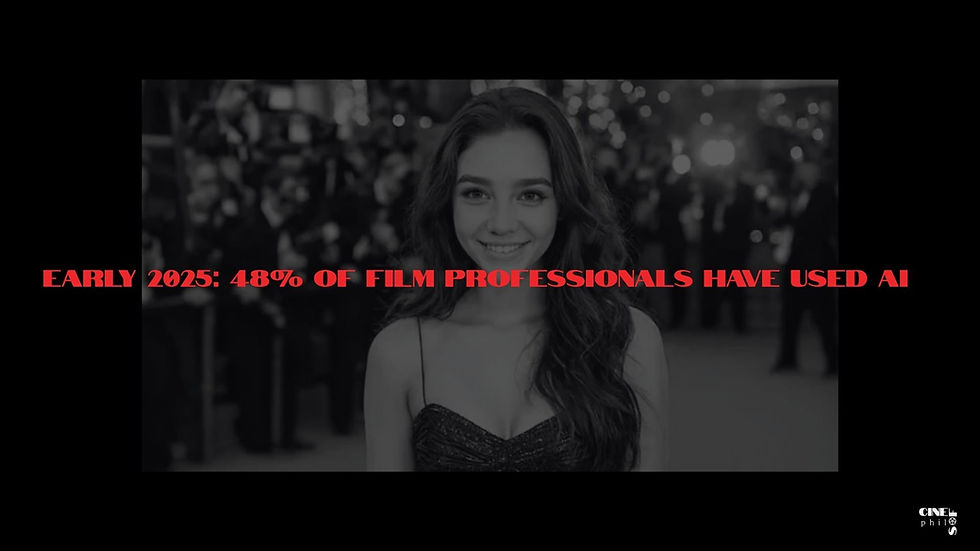That Girls Think They're the Queens of the Riot Grrrl – But What Were They Really Saying to Us?
- Sofia R. Willcox

- Nov 21, 2024
- 3 min read
This week, as I scrolled through my phone, I came across the news: Kathi Lynn Wilcox is celebrating her 55th birthday. If her name doesn’t ring a bell, let me fill you in. She’s the bassist for Bikini Kill, the band that helped ignite the riot grrrl movement. So, grab your headphones and crank up the volume to feel the thunder these women unleashed in the 1990s—a sound that still echoes nearly 35 years later.
Riot grrrl was an underground feminist punk movement of the 1990s that blended politics with culture. It began during a meeting about sexism in local punk scenes in the Pacific Northwest and Northeast, eventually spreading across the U.S. and around the globe. The rest is herstory—music that tackled issues like rape, domestic abuse, sexuality, racism, patriarchy, classism, anarchism, and female empowerment. It created a space where women could express anger, rage, and frustration without being labelled hysterical—and unapologetically so. The movement was a response to other forms of media, where women were struck, decapitated, ridiculed, objectified, violated, dismissed, shoved, overlooked, typecast, beaten, scorned, assaulted, silenced, invalidated, stabbed, shot, strangled, and murdered.
Even though rock and roll was born out of a queer womb, the genre has long been steeped in a strong sexist culture. Women often appear in lyrics as sexual or affectionate objects, typically penned by men. Female characters were rarely portrayed with complexity, independence, or power.
On stage, the genre was predominantly performed by male musicians, with female singers being a rarity. In the audience, however, most fans were female, playing a significant role in the sexual awakening. Despite the genre’s conventions of unisex clothing, nonconformity, rebellion, and the celebration of sexual freedom, sexism still prevailed.
Punk rock subculture emerged in the United States in the early 1970s as both a continuation of and a reaction to the countercultural movements of the 1960s. Male dominance has been a feature of punk music since its inception and its varied subgenres. Even so, there were also those who swam against the current, predecessors of the riot grrrl movement, including female punk and mainstream rock performers from the 1970s and 1980s.
Worthwhile to mention the riot grrl movement remained underground with regional record labels. The media attention was focused on the 1990s emerging grunge and alternative rock scene. It was applied to less political alternative rock acts and male-dominated music press frequently mocked the riot grrl bands. Plus, many female-centric or all-women rock bands shared similar DIY tactics (recordings made as quickly and cheaply as possible) and feminist ideologies with the movement, not all of them identified with it.
The crown doesn’t fall when they hold their heads high, honoring their predecessors and their crowd with slogans like “girl power” and “support girl love,” which crossed the Atlantic to the Spice Girls, who mainstreamed it in the United Kingdom. Bratmobile, Bikini Kill, Babes in Toyland, 7 Year Bitch, Calamity Jane, Excuse 17, and Heavens to Betsy were momentary comets that transcended barriers and generations. They paved a new rock path for an entire generation of female and non-binary artists.
It’s worth mentioning that the leaders of the riot grrrl movement were predominantly white, middle-class women. Intersectional issues were often neglected, with an emphasis on individualism rather than collective action, which limited efforts to achieve systemic change. Thirty years later, the numbers have changed—there have been some achievements in the name of gender equality, but there is still much to be done against patriarchy, sexism, homophobia, transphobia, and racism. Many riot grrrl bands have returned and reformed for a new generation of fans hungry to listen to them.
Bikini Kill carved out a unique space in the punk scene, becoming pioneers of the riot grrrl movement. Known for condemning toxic masculinity, the band famously called “girls to the front” at their gigs, creating safe spaces amidst the aggression of male-dominated punk shows. Their performances often included candid discussions about sexual assault, with confrontational vocals and raw, lo-fi sound addressing themes such as rape culture, female solidarity, and the unapologetic pursuit of joy.
Exclaiming, “We’re Bikini Kill, and we want revolution! Girl-style now!” the band amplified calls for change—a message that resonates just as powerfully today as it did 30 years ago. Reflecting on this, one member remarked, “These same issues still exist. Being a woman in public is very intense, whether in the public eye or just walking down the street at night by yourself.”
Despite the challenges, Bikini Kill’s legacy endures, reminding us of their transformative music and the vital inclusivity they brought to punk rock. With their influence growing stronger through nostalgia and renewed relevance, the band is now bigger than ever, continuing to inspire generations.




Comments